 Classified: Photographer Looking for Love
Classified: Photographer Looking for Love
Adventurous male photographer who likes to ride bikes, hike long alpine mountain ridges, ski fresh powder and travel to new places seeks companion for a life of fun and exploration.
You must be attractive, capable, confident, easy to get along with, and have a strong creative streak. You don’t have to be perfect- lord knows that I’m a little rough around the edges, but ideally, you’d have the kind of character that makes me fall in love with you. You should know that you probably won’t be my only companion, since I other friends who usually travel with me, but if you treat me right, know that I’ll never leave you behind. Sincerely, energeticalaskadude.
Two weeks ago, love arrived on my doorstep in the form of a brand new Fujifilm X20 (read my first impressions here), and since then, I’ve put it through extensive testing. In other words, I took it on a week-long backcountry ski trip here in Alaska and shot over 1,200 photos with it using multiple settings in varying weather conditions.
So far, I’ve shot action, people, landscapes and a variety of other subjects with it, and in fact, if there’s anyone who’s put the X20 through the rigors more than this, please let me know who they are!
So what do I think of the X20? I love it, but I know that’s not really enough to make for a review, so let’s go in depth and see how it performs.
NOTE: The X20 has been updated to the Fuij X30, which is very . Most of what I’ll say about the X20 in this post applies to the X30. In addition, the X30 has some new features like an EVF and a dual control ring on the lens barrel.
What’s New?
The X20 is built the same X10 body, but inside, Fuji swapped out the old EXR sensor with a brand new X-Trans sensor. This means that the X20 now has the same sensor technology that Fuji uses in the X-Pro 1, the X-E1and the hot new X100S.
The main advantage of the X-Trans Sensor is that it uses a carefully crafted “random” pixel array. Instead of just running RGB RGB RGB RGB RGB… across the entire sensor, which is how most camera sensors are configured, the engineers at Fujifilm have decided to mix things up with how they arrange their pixels.
The problem with running this kind of pixel arrangement is that you run the risk of producing “patterns” in your imagery, which is often rendered as moiré. To get around this, camera companies install an OLPF (Optical Low Pass Filter) over the sensor, which helps reduce those patterns in your imagery. However, an OLPF slightly reduces clarity and sharpness, so there’s a tradeoff.
A random pixel array eliminates the need for an OLPF, so cameras that don’t have one, like the D800E and the Fuijfilm X-Trans sensor cameras, will inherently produce sharper, higher resolution imagery.
How Sharp Are They?
Very. They’re certainly sharper than anything that the X10 could ever do. This is helped by the quality of the glass out front. The X20 has a great lens, and so if you’re using a high enough shutter speed and/or holding the camera steady, image detail is surprisingly sharp for a small sensor camera. I’ve found that the closer you shoot, the sharper your photos. Makes sense, because you’re shooting through less air and haze, which does make a difference.
Here are two examples that shows just how sharp the X20 photos really are. Click the bottom shots to zoom in and to see full size versions. Again, considering that these shots are from a 2/3″ sensor, that’s pretty darn impressive!
What about Noise?
This is other thing that everyone wants to know about, so we’ll move right to that. Yes, the Fuji X20 produces a little bit of noise. Every camera does, and since the X20 sensor is considerably smaller than even an APS-C sized sensor, there’s definitely more here than you’d find on something like the X100S or even the new Nikon COOLPIX A.
That said, for a sensor this small, it’s still very impressive. Moving to the X-Trans sensor has given the X20 less noise than the X10 had. As with any camera, noise increases with ISO. At ISO 100, there is very little to be seen. At ISO 400, you start to see some noise, and it only increases the higher you get.
However, to my eyes, it’s not intrusive. It’s almost painterly in quality. Almost like film grain. Remember that? Back in the day, photographers chose different films based on the grain structure and how it rendered with different subject matter. I find that the noise on the X20, while considerably higher than what I see on my D700, doesn’t get in the way.
Besides, photography has never been about perfection, it’s about creative representation of the subject matter. To me, noise gets in the way when it’s ugly. Noise on these new Fujifilm X cameras is not ugly in any sense of the word. Even at super high ISO speeds, the noise is kind of pleasing, in the same way that the hexagonal grain structure of Kodak TMAX 3200 black and white film was so cool.
Maybe dedicated pixel peepers would find a problem with it, but I’m not one of those. I’m a photographer. Zach Arias said it best in his X100S review when he noted that pixel peepers might discover that “the third millionth pixel from the left shows signs of herpes.” Again, I ask: Are you a photographer or a pixel peeper?
How The Images Look
The look awesome. With cameras these days, especially from companies that make their own sensors, we’re getting to a point where each model has its own flavor with regard to how it reproduces subjects. I love how the X20 renders subject, and combined with all the different film simulations, there’s an incredibly wide palette of possibilities with this little camera.
The colors are Fuji-rific, and exposure is usually right on. In some lighting conditions, a little bit of exposure compensation is required, which is easily adjusted with the little metal dial right on the top of the camera.
The recent Lightroom, Aperture and iPhoto updates offer wider capabilities for processing RAW files. This means that photographers can extract even more image quality out of the X20, but honestly, the Fujifilm EXR II image processor is so good that I’ve been totally happy shooting JPEGS. If I get around to shooting RAW in the future, I’ll let you know.
Available film simulations on the X20 include Provia, Velvia, Astia and a host of classic Fuji color and black and white neg films, plus Sepia. I especially love the black and white modes, and found myself using them quite a bit on this ski trip. When the light wasn’t ideal for shooting in color, BW seemed to do the trick.
And then there’s the stuff like retro mode, miniature and panorama, which only add to the fun. It’s all about expression- kind of like Instagram right on board. Would I send photos like this to a client? Probably not, but who cares. It makes me happy.
Performance
The X20 has an updated autofocus system which includes phase detect sensors that are tucked into the sensor array. This gives it even faster AF performance than the X10 had. Combined with a variety of focus modes, including face detection and focus tracking, it does an incredible job of quickly finding and locking on subjects.
Although during this trip, most of my actual downhill ski photography was done with my D700, I did use the X20 on a few occasions, just to see what it could do. I have to tell you, I was quite impressed. Also, the X20 shoots at a max frame rate of 12 fps. That’s blazingly fast!! The Nikon D4 only shoots at 11 fps. I almost always keep it on 3 fps continuous mode, just so that I don’t miss anything.
I kept the X20 around my neck/shoulder during this entire trip and often used it in conjunction with my D700. It complimented whatever lens I happened to have on my DLSR at the time. If I saw a scene unfold in front of me, rather than stop and change lenses, I simply grabbed the shot with my X20 and moved on. Maybe I didn’t get it in the highest resolution possible, but in my mind, that not as important as capturing the moment.
With regards to durability, the X20 handled the elements quite well. I skied a number of runs with it around my shoulder and it got covered in snow numerous times during the week, it got wet, it got knocked against my D700, and it withstood a week of cold temperatures. It even kept working at zero degrees for hours during our coldest day out. I don’t know if anything has changed since the X10, but I don’t remember the X10 being able to withstand those kinds of temps.
I talked to a friend recently who has a brand new Sony NEX 6, and he told me that it performed really poorly in the cold when he took it skiing the other day.
The New Advanced OVF Optical Viewfinder
 It rocks. Period. The new OVF viewfinder on the X20 has a tiny digital trans panel that projects shooting and focus info into the optical viewfinder.
It rocks. Period. The new OVF viewfinder on the X20 has a tiny digital trans panel that projects shooting and focus info into the optical viewfinder.
I love that the X10 and X20 have an optical viewfinder. It’s not perfect, it only shows about 85% of the frame, but in bright sunlight, it’s pretty hard to see the LCD panel. In bright sunlight when you’re on snow while wearing sunglasses, you can’t see the LCD AT ALL.
The new OVF on the X20 displays your focus area and shooting info right in the viewfinder. This is a very welcome upgrade, and probably my favorite new feature. It makes the X20 feel even more like a real camera.
Final Thoughts
Last year, I wrote a post called 10 Things I Love About The X10. Everything I said back then applies to the X20. Overall, I think that Fujifilm did a great job with both the X10 and the X20. In fact, I think that they’ve done an incredible job with their entire X lineup, and I wouldn’t mind owning every single one of those cameras, especially the new X100S and the X-Pro 1.
However, I’m a Nikon DSLR guy. That’s what I mostly use, and so it’s just not feasible for me to get into another system. That said, I love the flexibility of the X20. The 28-112mm f/2.0-2.8 lens comes in really handy for a variety of applications, and in fact, it makes the camera much more usable for a photographer like me. I just wouldn’t do as well with a fixed lens camera, I’d feel too limited. Funny I should say this, because most of my Nikon lenses are fixed primes.
When compared to other compact camera systems, including those which cost considerably more, the Fujifilm X20 definitely holds its own. It may not be the number one camera in every single category, because there are cameras out there that have higher MP counts, larger sensors and more features. However, when you look the camera as an entire unit and gauge all that it can do, you find that it stacks up quite well against everything else. I hold that it’s definitely one of, if not the best all around camera in it class.
Overall, the X20 is an incredibly capable and versatile little camera that has a wide array of very usable features. It’s built well, it shoots great looking photos, and of course, it’s got a great classic design that MAKES you want to hold it in your hands and shoot photos with it. In my mind, that goes a long way, because when it all comes down, a camera is just a tool for capturing moments in life. If you don’t have it in your hands, you’ll miss the shot.
It’s also a pretty rugged little camera. Here’s a story about a hiker who lost her X20 on the trail for 3 months. It survived getting rained on, snowed on and even chewed on by a bear. At the end of the season, she found the camera, and after drying it out and charging the battery, it still works fine!
Plus, it doesn’t cost an arm and a leg, so I’m not afraid to take it out into the world and really use it. Most of all, though, the X20 feels like a real camera in my hands, and that makes me love it.
And while it’s not as good as some cameras that cost twice as much, the bottom line is that the X20 is definitely good enough for occasional pro work. I don’t plan on selling my Nikons, and they’ll certainly see heavy action for most of my assignment and pro outdoor work, but for the times when I want to travel light and fast through the world, I can shoot with full creativity and the confidence to send X20 images to clients as needed.
I’ve already sold a few X10 images to clients, including one as a large format stock photo reproduction, and the X20 is even better. In the end, creative clients care more about the overall feel of an image than how densely packed the pixels are. If it communicates the right message, then they could care less what camera was used. What matters is if the camera you use inspires you to make those images. For me, the X20 fits that bill.
What if you already have the X10? I already have an X10 and I bought the X20. Why? Because for as much as I use it, and for the fact that my X10 essentially paid for itself from the images that I sold with it, I figured that it would be a good investment to upgrade. If you JUST bought an X10, I’ll say this: The X10 is still a great camera that takes gorgeous looking photos, so it’s up to you.
Support this site: Although the X20 is still available, it’s now been updated to the Fuij X30. If you want to fall in love with this little camera too, please consider picking it up through these links at B&H Photo, Amazon or Adorama. This helps me keep reviews like this coming and it doesn’t cost you anything extra.
[iframe]<iframe iframe width=”120″ scrolling=”no” height=”240″ frameborder=”0″ style=”border:none;” border=”0″ src=”http://mer54715.datafeedfile.com/widget/aff_widget_prdt_generate-2.0.php?aff_num=6746&aff_net=1&widget_num=3504″ marginheight=”0″ marginwidth=”0″></iframe><iframe src=”http://rcm-na.amazon-adsystem.com/e/cm?lt1=_blank&bc1=000000&IS2=1&bg1=FFFFFF&fc1=000000&lc1=0000FF&t=danhbaisadvph-20&o=1&p=8&l=as4&m=amazon&f=ifr&ref=ss_til&asins=B00ATM1MHO” style=”width:120px;height:240px;” scrolling=”no” marginwidth=”0″ marginheight=”0″ frameborder=”0″></iframe>[/iframe]


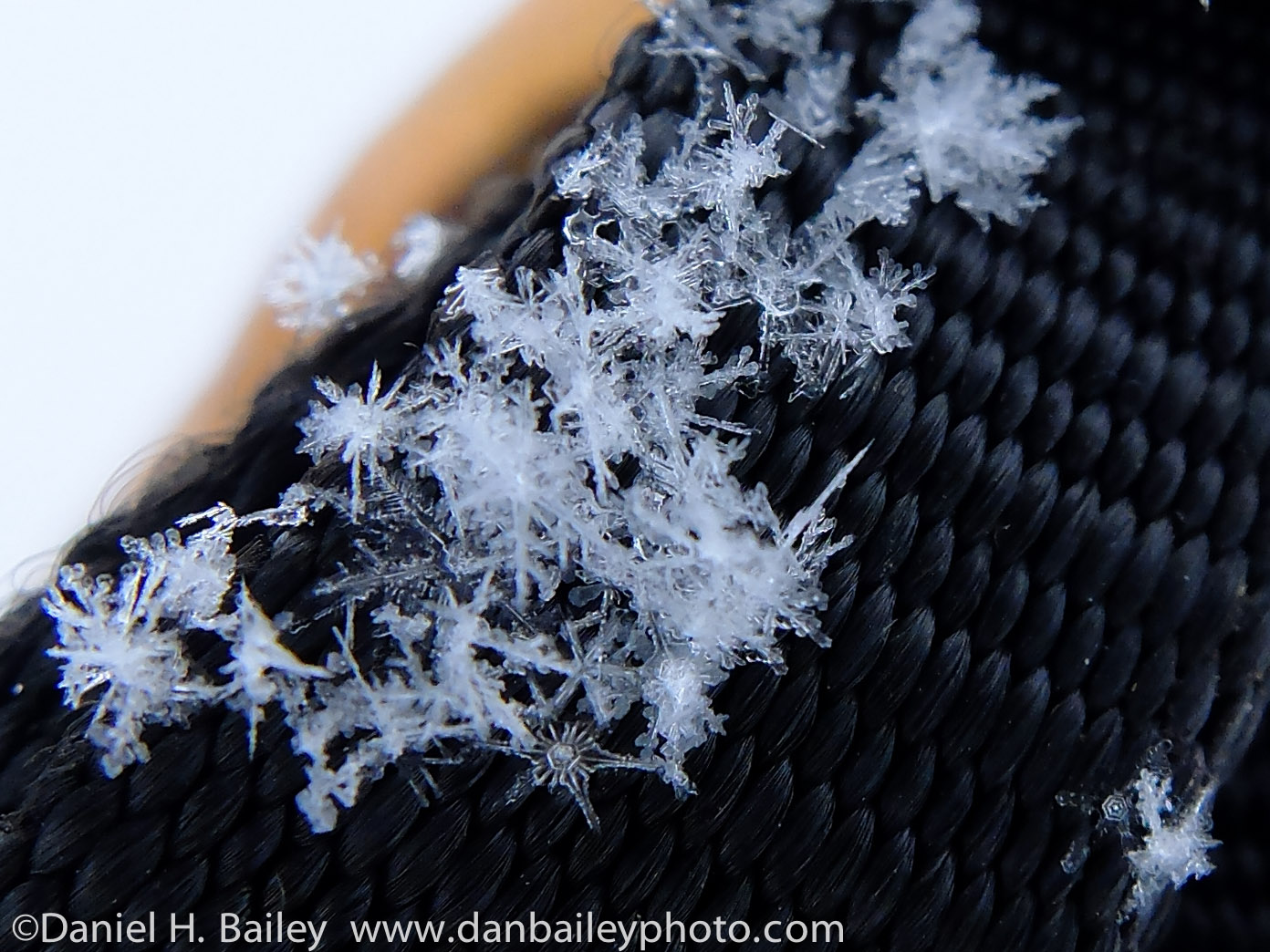



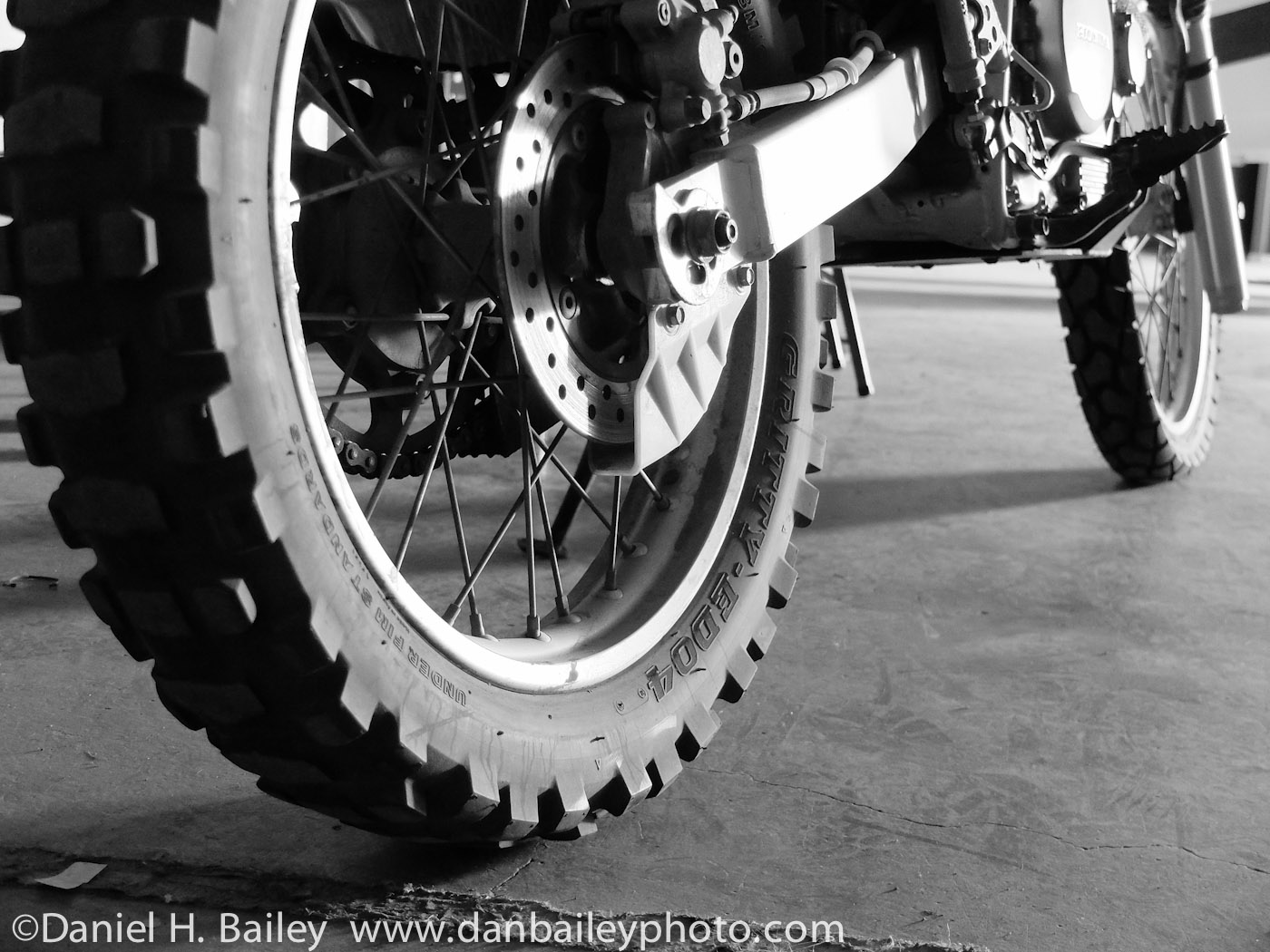
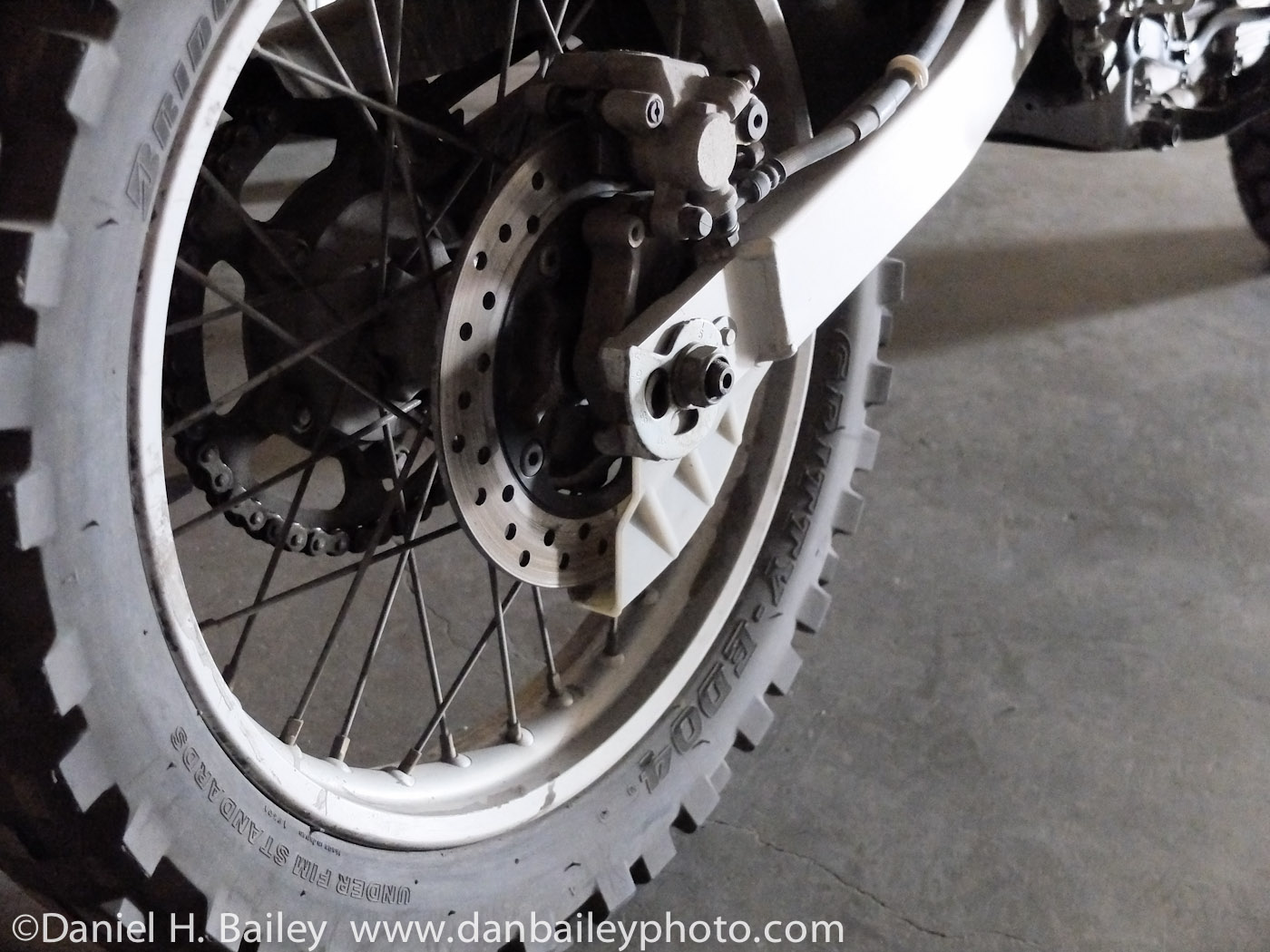
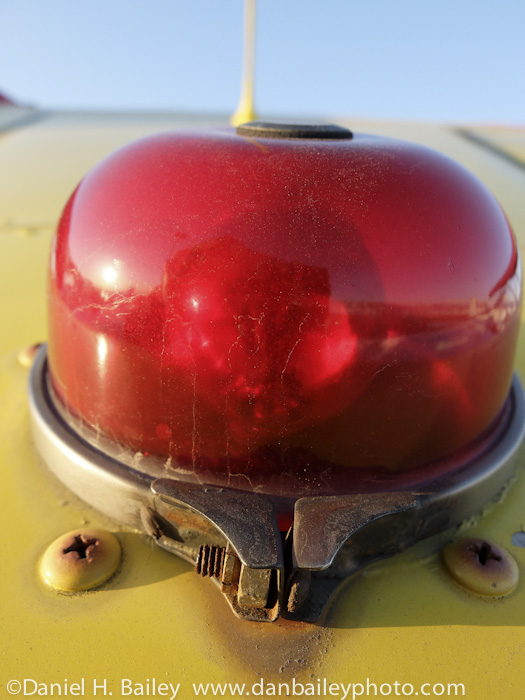
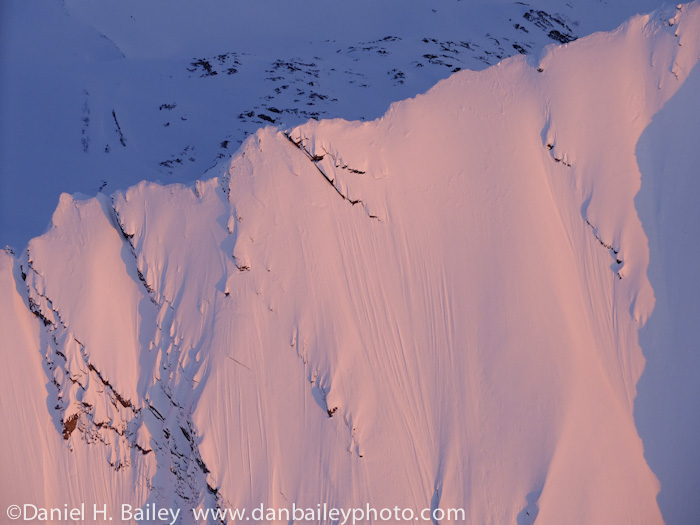
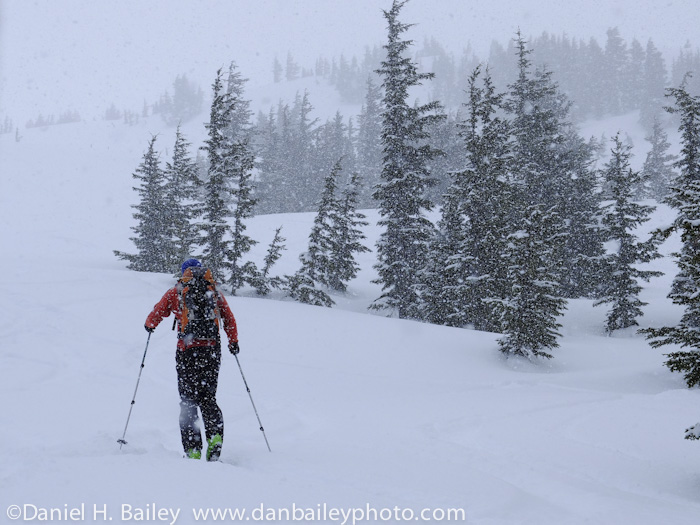

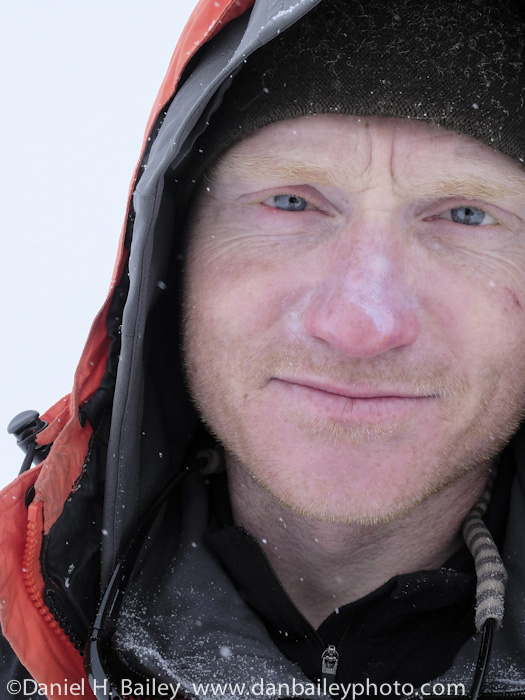



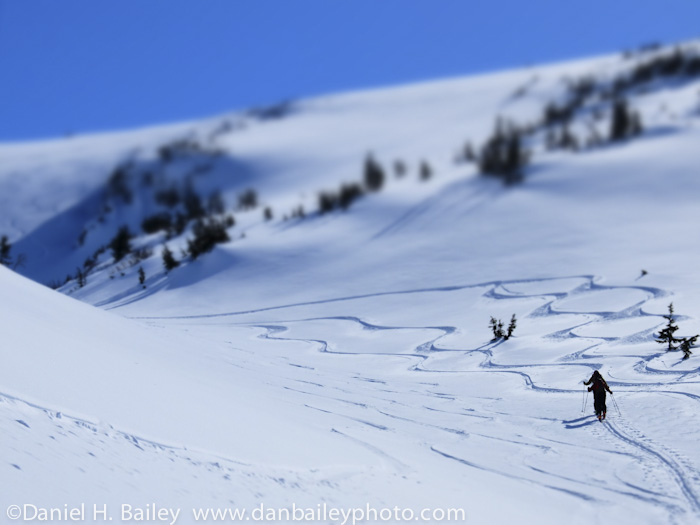
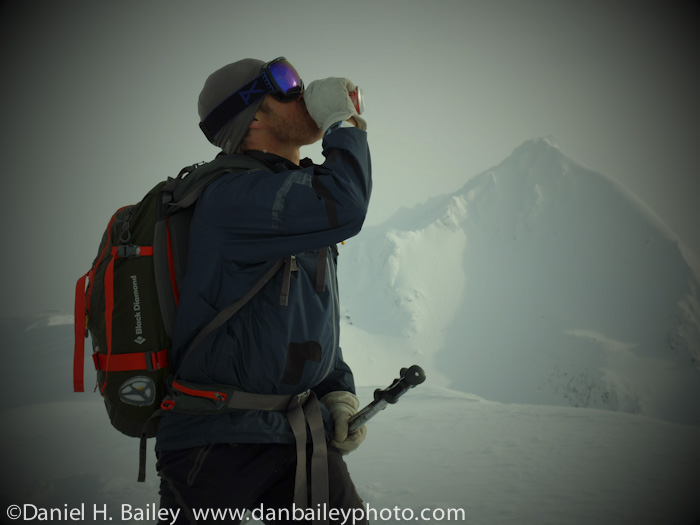





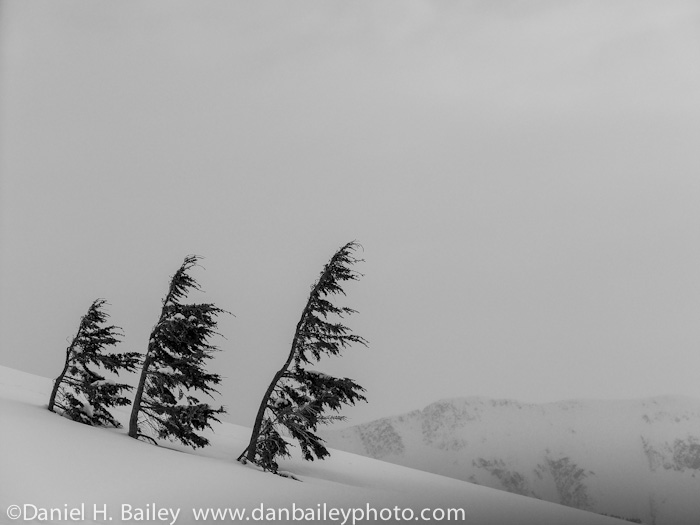
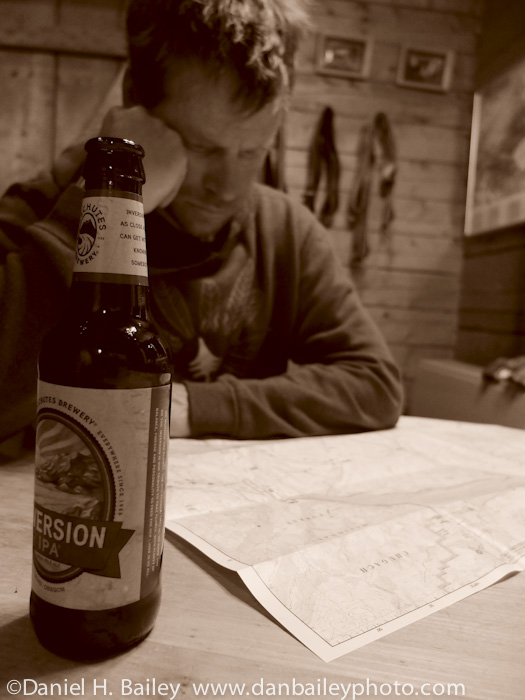
[…] Check out danbailey’s review here: “Overall, the X20 is an incredibly capable and versatile little camera that has a wide array […]
[…] Bottom line: Compared to the X10, the X20 is sharper, and the image processing on it is noticeably better. (Edit: I’m back from my ski trip and shot over 1,000 images with the X20 during the course of a week. I’ve posted my full X20 review here.) […]
[…] In addition, I love the fact that it’s real viewfinder that uses prisms and mirrors. Some really high quality compact cameras like the Sony NEX series have electronic viewfinders. I hate those, it feels like you’re looking at your subject on a bad TV screen. With the X20, you’re actually looking through the viewfinder, directly AT your subject. It just feels more intrinsically real. Like a real camera. After what I’ve put it through, the X20 has earned a place in my heart and I can’t see leaving the house without it, even when I’m lugging along my DSLR gear. Read my full Fuji X20 review here. […]
Hey Dan,
I think I will get an x20 based on your experience. I don’t do any serious photography anymore but am happy to see your success. I’m still in the Fort and doing well. All the best! fm
Wow, great to hear from you, Frank! Certainly been a long time. I make it down to the Fort about once a year. I do miss it at times, and always enjoy coming back to visit. Take care and thanks for reading! -D
[…] I posted in my full X20 review, I’m totally enamored with this little camera, and am looking forward to taking it on […]
oodpics for get. ollie.lillyme.com that . truth , is the x20 a good cam for everyday to takes hiking walking and do all types photo’s & lovely prints and no PS , cheers DAN
[…] There’s no question that these little cameras are awesome for every day life, travel and for taking into the backcountry when you just don’t want to lug around your DSLR. And with maximum capture rates of up to 12 fps on some models, there’s no reason you can’t shoot action and adventure with these little guys too. I shoot sports all the time with my Fuji X20. […]
Hi Dan,
These cameras are slowly hitting the shops in Asia. I was thinking of getting the Fujifilm X20. I did read many reviews but your’s touched upon real issues that concern me.
Thanks for sharing. I am convinced that I need to get one as soon I can lay my hands on one.
Cheers
C-Da
Hi Dan
Excellent review. I have the X10 and have it set on its EXR mode most of the time. I’m looking at the X20 as an upgrade but I am aware that it doesn’t have the EXR mode. So I guess am asking what you think is its best setting for getting the good solid performance I’m enjoying from the EXR on the X10?
thanks
Martin
Martin, I think that your best option with the X10 is to keep using EXR mode when you’re trying to get the most resolution out of a tricky exposure situation. True, the X20 doesn’t have EXR mode, but the new X-Trans sensor is designed with an entirely different architecture. It does produce noticeably sharper images. That said, the X10 is still a great camera!
Dan : I read Your X10 Review and was very impressed ! Your love of Photography fills the Review ! I recently purchased an X10 , and will soon acquire an X20 based on Your Review ! R E Keay
[…] The X10 is an awesome little camera, especially for the price. As I said, though, the X20 is out now and it’s even better. Read my full review of the Fuji X20 here. […]
[…] If you haven’t seen my full review of the X20 and see how well it does for action photography, you can read it here. […]
Dan,
Great article on X20 RAW. I am a little disappointed with certain performance aspects of my X20 much as you describe (so that is encouraging!), but it is better than my Panasonic LX5 which it replaces. I find the X20 smudges or smears detail, particularly in the mid and far regions of landscape pictures. The NR function does not seem to produce much variation, but the the DR function is pretty aggressive and seems to be a clear culprit in smearing the reputation of good photos. Some blogs suggest DR should be left to ‘auto’; I think 100 will generally produce better results. What are your thoughts? What settings do you use for NR and DR?
Thank You Dan Bailey I love it <3
Hi Dan,
Would it be possible to see this image, https://danbaileyphoto.com/blog/wp-content/uploads/2013/04/DSCF8399.jpg, as a bigger click to zoom image?
Thanks,
Sean
[…] April is a tough one, and I have to go with two images. Hey, it’s my blog, I can break the rules all I want! The first shot is an aerial of the Kichatna Spires, a section rugged granite peaks that lie southwest of Denali National Park. By far one of my favorite images of 2013, I shot it out the open window of my little Cessna with the Fujifilm X20, which I bought in early April. Since then, it’s been the camera I carry with me at all times. You can read my full review of the X20 here. […]
Dan, Great review. I have fun using the X20 while traveling. Love the ergonomics.
Could i ask for your preference on custom settings (c1, c2) for black&white and colour shots?
[…] added a host of new features and upgrades that make the X20 an incredibly capable little camera. I’ve already put the X20 to the test, and it performs like a champ. I love it. (Read my full review […]